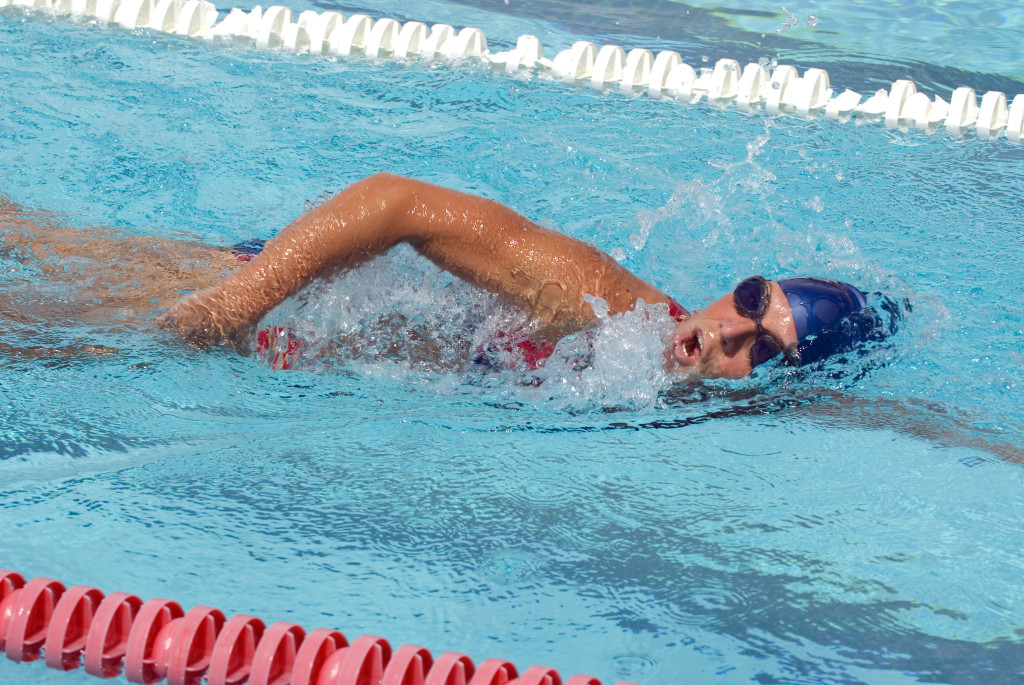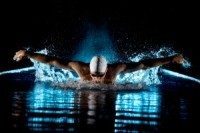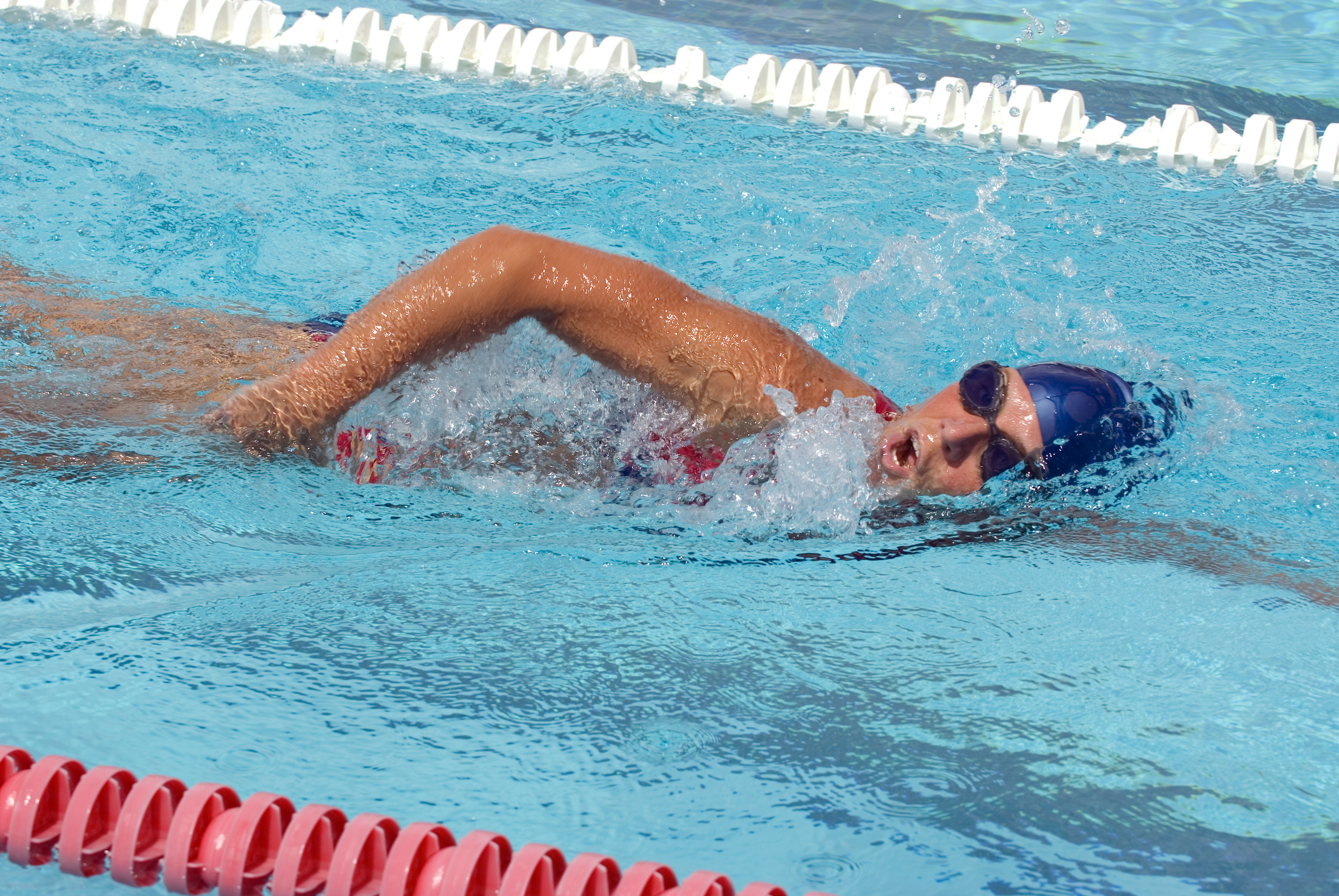Correct swimming technique is vital to not only swim better but to also prevent injury. If you have been training for quite some time and you have already started your way to your fitness goals. You could already do 1km and feeling pretty proud of it. That’s great! Starting from scratch is no joke and getting to that 1-kilometer milestone means you have increased your fitness which is the hardest part of improving your swimming skills.
With this feat, your technique may now need catching up. But just how much effort should you exert on your technique and what sort of technique should you do?

Improving Correct Swimming Technique by Utilizing Swimming Drills
While I won’t be able to tell which swimming drills you should be doing without seeing your routine live, I hope this artilce can be of help. Drills are developed to work on a specific part of each stroke.
Each swimmer’s swimming style varies from one person to another. Olympians, national-level swimmers, and coaches meticulously analyze each race, dive, lap, split, stroke, stroke catchphrase, hand entry, and hand tilt before hitting the water. Why is this important? The answer is pretty simple. These are the factors that affect the future of a swimmer – whether they are on the road to becoming a household name or just someone who used to be a good swimmer.
Although you may not be at the competitive level as the abovementioned, you may probably need to start paying attention to the drills you perform instead of half-heartedly doing the motions. Keep in mind that a drill is an exaggeration of the technique you are trying to improve on.

Practice makes Perfect
Let’s take an example.
Have a friend stand in front of you. Put both of your hands up about a shoulder-width apart then clap your hands with theirs then clap your hands together. Try going faster gradually speeding up the steps. Did you notice anything? If done right, you should be struggling to get a clap in and your hands should have gotten closer together.
Another example is the chicken wing drill. You drag your thumb up to the side of your ribs, touch your armpit then move your hand through to slide into the water. Of course, you don’t have to swim in that manner. The point is, this will help you get high elbows on the recovery part of your stroke.
If you are performing drills that encourage you to stretch, be sure to do the whole stretch every time for the entire drill because when it comes to your technique, you cannot afford to take shortcuts. When your swim coach asks you to do 10 50-meter laps on the :45, put in your full effort if you want to be able to swim faster, not just on the first five or six laps.
Determining the Need for Swimming Drills
Once you get to a certain level of swimming, you may probably hit a wall. It’s a point where you just can’t go any faster or fit in with any more sessions at the pool or gym. You have been leading the squad on every lap and now you are lapping the slower swimmers. You’re eating the right things at the right time but you are no longer improving. It could be a sign that you are missing something in your stroke. It’s about time to go back to the basics, breakdown your strokes, and find swimming drills that will help you.
Concentrate on your drills. Eventually, you will notice your strokes will improve. Keep your focus on the drill and understand its purpose. And of course, always make sure to give your best in every drill you perform.
For more of our swimming articles click HERE
